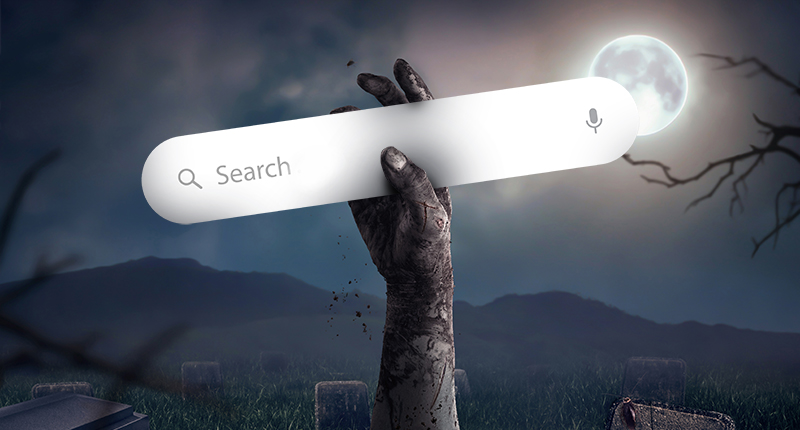Zombie Keywords 101

Zombie keywords are enabled keywords that are not receiving traffic. Isolating these keywords into new ad groups and getting them paired with the right ads can bring them to life, creating opportunities for growth and increased market share. By bringing zombie keywords back to life, you can unearth value that has been lying dormant and is only waiting to be realized. How many of your zero impression keywords are zombies? Find out how you can reanimate zombie keywords to create new pathways that help you add revenue to your paid search account.
